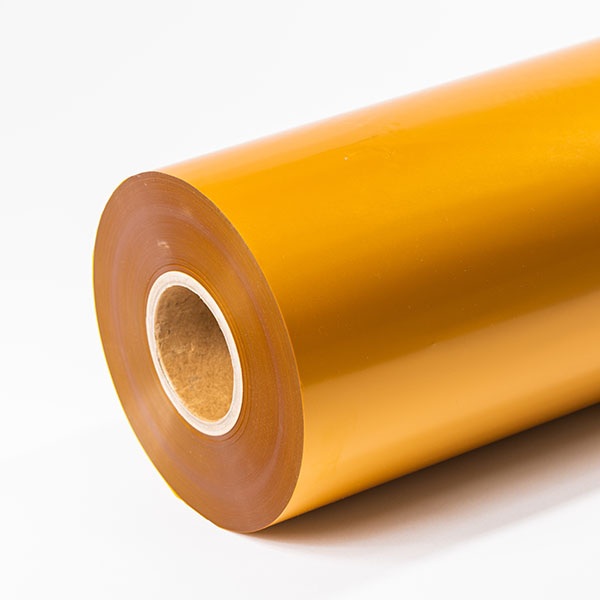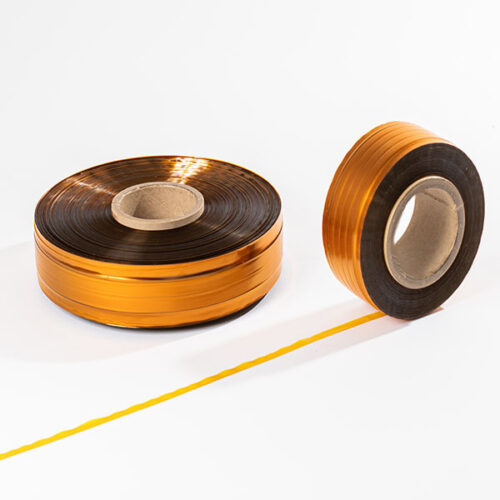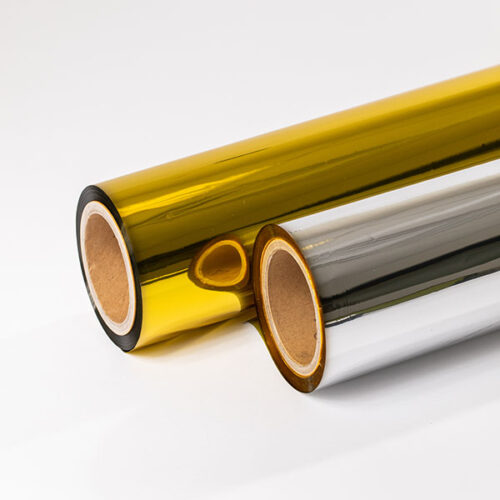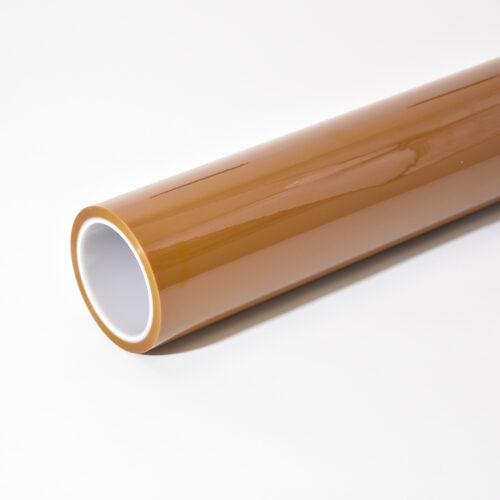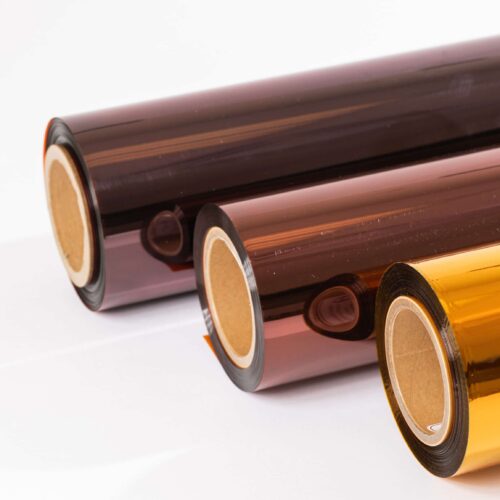Thermal Conductive MT Polyimide Film
The thermal conductive MT polyimide film series is enhanced with thermal conductivity properties. Its excellent combination of electrical properties, thermal conductivity and mechanical toughness make it ideal for electronic and heat management applications.
- Thermal Conductive
- Excellent electrical properties
- High-Temperature Resistance
Request for Quote
DETAILS
Thermal conductive MT polyimide film is a homogeneous film possessing high thermal conductivity, while also maintaining the excellent electrical, physical and mechanical strength of standard polyimide film. These properties make it ideal for applications requiring efficiency in transferring thermal energy, such as loudspeaker voice coils’ frames, electrical insulating pads and flexible printed boards. The film can also be coated with FEP fluoropolymer resin or pressure sensitive adhesives.
Specifications
| Product Number | Thermal Conductive Polyimide Film Thickness | Tensile Strength psi | Elongation(%) | Dielectric Strength v/mil |
| CGS-7458(1 mil) | 1 Mil | 24,000 | 40 | 6000 |
| CGS-7458(2 mil) | 2 Mil | 24,000 | 40 | 6000 |
APPLICATIONS
Flexible Heater
Thermal conductive MT polyimide film offers an excellent balance of electrical, thermal, mechanical, physical, and chemical properties over a wide range of temperatures. It is this combination of useful properties at temperature extremes that makes it a unique industrial material. When combined with etched foil elements, it produces very thin flexible, heat conductive, customizable heaters and heater assemblies. Kapton is compatible with foil element alloys such as Inconel, nickel, copper, Balco, and many stainless steels. These dielectric insulators have low outgassing properties and are resistant to a myriad of chemistries.
Heat Sink Pads
Thermal conductive MT polyimide can be used to make thermal pads by coating the film with thermally conductive acrylic pressure sensitive adhesive and thermally conductive silicone rubber. Thermal conductivity pads minimize thermal resistance from the external package of a power semiconductor to the heat sink, electrically isolating the semiconductor from the heat sink and providing sufficient dielectric strength to withstand high voltage. They are also strong enough to resist puncture from the facing metal surface. As such, they are ideal to be used as thermally conductive gaskets for high performance electronics where low thermal resistance and high dielectric strength are required.

